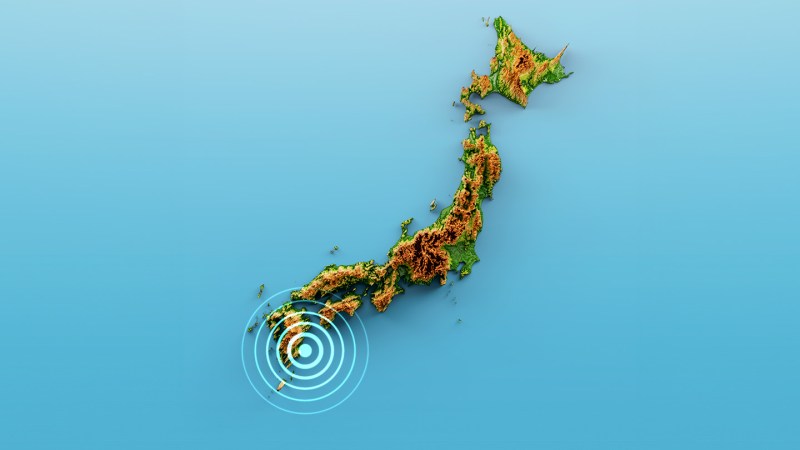
Extreme Climate Survey
Scientific news is collecting questions from readers about how to navigate our planet’s changing climate.
What do you want to know about extreme heat and how it can lead to extreme weather events?
“The possibility of a large-scale earthquake is considered to be relatively higher than under normal conditions,” the JMA said in an advisory accompanying Thursday’s alert. The mega-earthquake alert is expected to remain in effect for about a week, though the agency advises residents across southern Japan to remain cautious and prepared even after the period has passed.
How high is the risk of a megaearthquake now?
The chance of a major earthquake hitting the area in the next week is about one in several hundred times, University of Tokyo seismologist Naoshi Hirata said at a joint news conference with JMA on Thursday. The chance of a magnitude 8 or 9 earthquake hitting the Nankai Trough within the next 30 years is 70 to 80 percent, he also said.
“There’s a long-term risk that’s always there, but there’s a short-term increase in that risk because of [magnitude] 7.1,” says geophysicist Morgan Page of the US Geological Survey in Pasadena, Calif. “That short-term risk gets smaller every day that another earthquake doesn’t happen.”
Japan is no stranger to megaearthquakes, and Thursday’s alert is not an indication that long-term trends in seismic activity are changing in Japan. The alert was the second highest type of alert under the Nankai Trough Earthquake Extra Information protocol, which was introduced in 2017. The protocol is activated when an earthquake of magnitude 6.8 or greater strikes along or near the Nankai Trough. The highest type of alert is triggered by an earthquake of magnitude 8.0 or greater.
The valley marks where the Philippine plate slips under the Eurasian plate. At the interface of these two plates is a massive fault zone called the Nankai megathrust, which hosts earthquakes of magnitude 8 or greater every 100 to 150 years. The most recent such earthquake occurred in 1946 and was about 8.1 magnitude.
On Friday, a magnitude 5.3 earthquake struck about 10 kilometers under Kanagawa Prefecture near Tokyo, outside the Nankai Trough mega-earthquake warning zone.
How frequent are successive earthquakes?
It is not unusual for an earthquake to trigger a larger earthquake soon after. Observations show that there is, on average, a 5 percent chance that an earthquake will be followed by a larger earthquake within a week, according to the United States Geological Survey. However, it is impossible to accurately predict earthquakes or to know whether one earthquake will soon be followed by another (SN: 10/9/20).
Last year, researchers reported that if a megathrust occurred on the Nankai megathrust, the probability of another megathrust occurring nearby within a week would increase to somewhere between 2.1 and 77 percent, or 100 to 3,600 times more likely. possible than normal.
In an effort to prepare for tremors, Japan launched the world’s first publicly available nationwide earthquake warning system in 2007. The system detects the earliest incoming waves generated underground by earthquakes and aims to release warnings ahead of slower and more damaging waves that arrive later. When the 9.1-magnitude Tohoku earthquake struck in 2011, the system gave Tokyo residents a minute’s warning before strong ground shaking began (SN: 16.3.11).
Where are other megaearthquakes likely?
Across the Pacific Ocean, another megathrust fault lurks offshore North America. The Cascadia megathrus extends from Vancouver Island to northern California and is thought to host megaearthquakes every 300 to 500 years (SN: 6/7/24). Like Japan, the United States operates an early warning system – ShakeAlert. Residents can sign up online to receive ShakeAlert messages on their phones.
For those who live in earthquake-prone areas, it’s best to prepare well in advance of any tremors or alarms. The USGS provides a list of emergency supplies you should have to prepare for an earthquake. You can also visit the USGS website for more information on how to prepare for earthquakes, what to do when you receive an earthquake alert, and what to do when the ground shakes.
#Japan #issued #megaearthquake #alert
Image Source : www.sciencenews.org